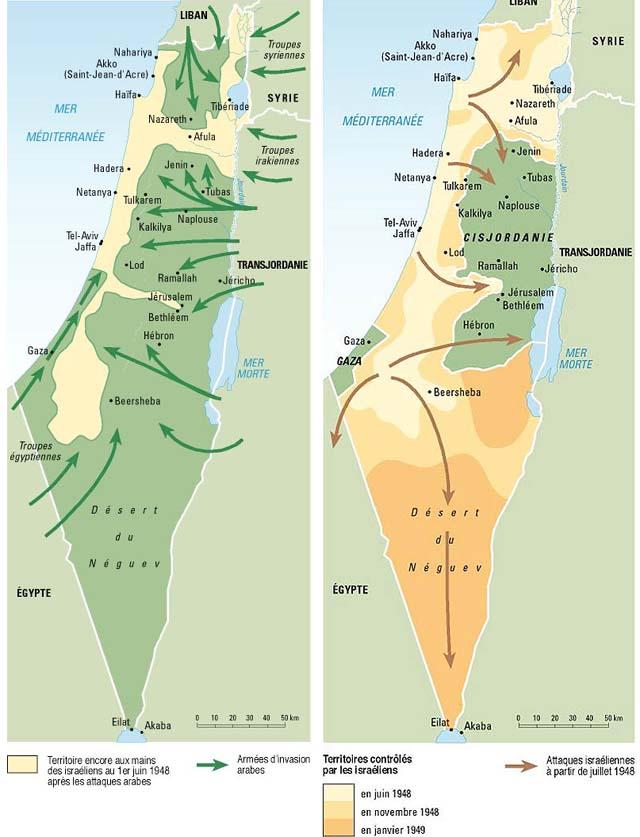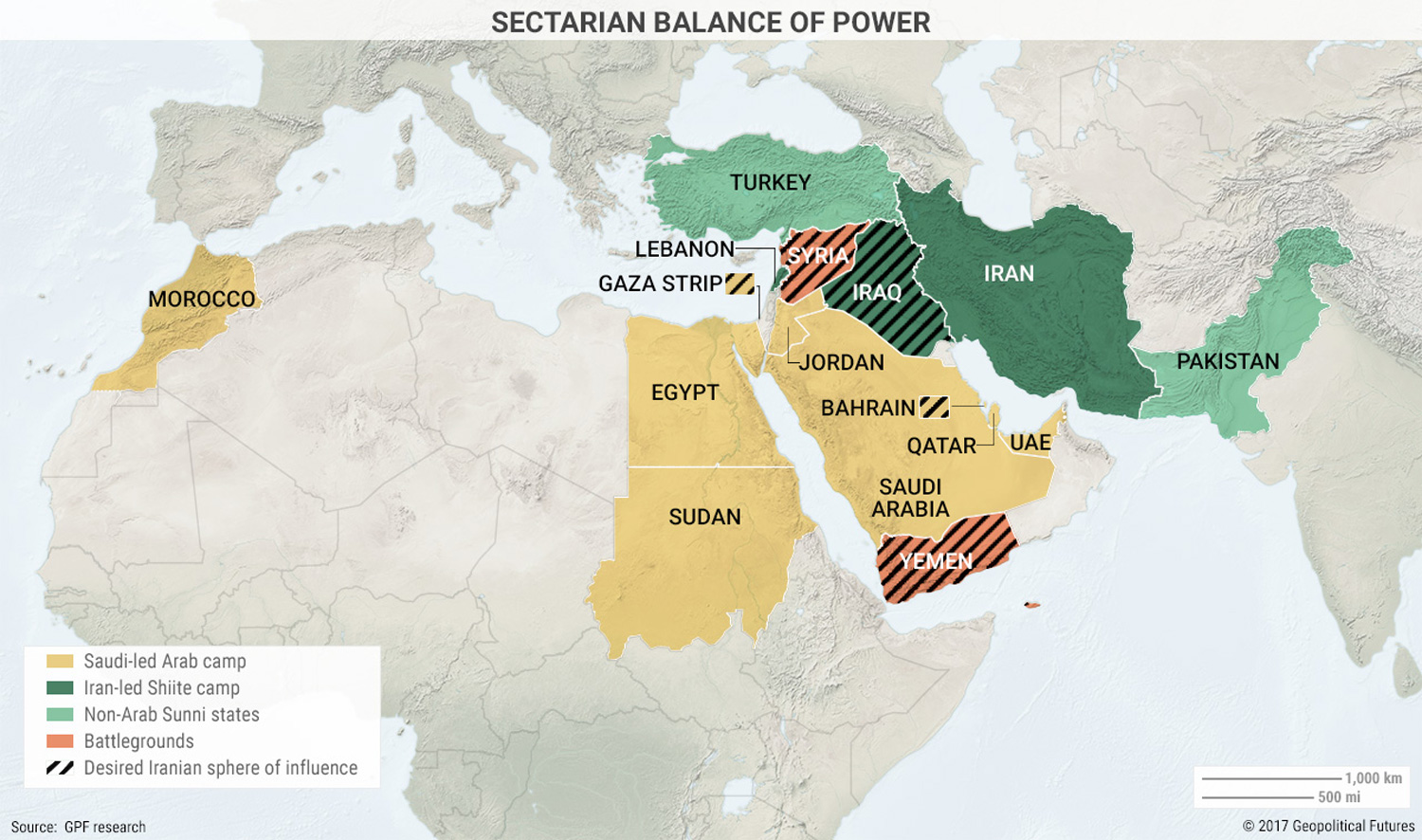
Reconstructions of San Andreas fault offset suggest that this crystalline body was translated into the San Gorgonio Pass area at the time of major fault reorganization at 1.1–1.3 Ma.įaults on microcontinents record the dynamic evolution of plate boundaries. We explore the possibility that these fault strands forming the margin of Coachella Valley were originally near vertical and have rotated into their present orientation by underplating of a localized high-velocity, lower-crustal prong within the Peninsular Ranges batholith. Such a geometry is further supported by seismicity, reflectivity, geodesy, and boundary-element modeling. These anomalies are best fit by a moderate to steep northeast dip. The Mission Creek strand and its continuation to the southeast (Coachella segment) coincide with the northeastern margin of a Cenozoic basin and are marked by prominent gravity and magnetic gradients that are consistent with these strands of the San Andreas fault having accommodated >160 km of right-lateral and 1–5 km of vertical displacement. Gravity modeling indicates a steep northeast dip of the Banning fault in the upper 1–2 km in northern Coachella Valley. Two new joint gravity-magnetic models in northern Coachella Valley provide additional evidence for a steep northeast dip of the Mission Creek strand of the southern San Andreas fault (southern California, USA). That possibility of backarc extension raises questions about the tectonic environment of the contemporaneous main Sierra Nevada high-flux arc closer to the continental margin. This may point toward transtension or slab retreat causing 105–95 Ma backarc extension in the Mojave hinterland of the Cordillera.

105–95 Ma produced Mojave crust signals but also the isotopically most juvenile magmatic zircons, ranging upward to barely positive εHf values and suspected to signal an asthenosphere contribution. Isotopic pull-ups characterize the lower-flux middle Cretaceous and Miocene magmatic episodes. The Late Cretaceous flare-up, occurring near the onset of flat- slab subduction, produced abundant Proterozoic xenocrystic zircon and Hf isotopes implicating derivation largely from heterogeneous deep Mojave crust. Hf-isotopic pull-downs suggestive of dominantly crustal sources characterize the Jurassic and Late Cretaceous flare-ups. Temporal shifts in isotopic pattern in this sample of the Cordillera relate to cyclic pulses of magmatic flux. Some rocks signal contributions from mantle lithosphere (in the Miocene) or asthenosphere (middle Cretaceous). Rare zircons having εHf(t) values as low as −52 indicate that Cretaceous melt sources also included more ancient crustal components, such as Archean-derived detritus in supracrustal gneisses of the Vishnu basin. Sources similar in age to the bulk of the exposed Mojave crust (1.6–1.8 Ga) dominated the magmas.


Zircon Lu-Hf isotopic characteristics and inherited zircons for different-age plutons may relate magma sources to evolving tectonics. This cyclic magmatism likely reflects evolving plate-margin processes.

180–160 and 75 Ma and smaller pulses at ca. Belts of Cordilleran arc plutons in the eastern part of the Mojave crustal province, inboard from the southwestern North American plate boundary, record major magmatic pulses at ca.


 0 kommentar(er)
0 kommentar(er)
